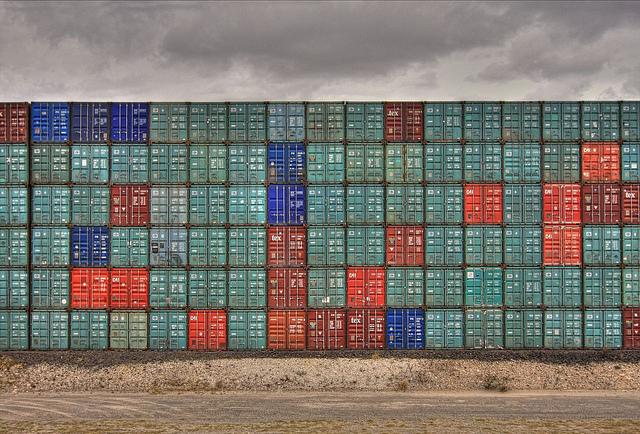
A nation’s border security is intrinsically linked to its national security. There should be no doubt that perceptions of border security impact upon public confidence in a government’s security strategies; after all, the protection of borders is a fundamental principal of sovereignty.
There’s little surprise then that, in 2014 and 2015, being ‘tough’ on border security has been a hot political topic. Then-Prime Minister Tony Abbott’s February 2015 national security statement revealed that there would be a lower threshold for action where the security of Australia’s borders was concerned. This change highlights the importance of border security to national security and the electorate’s confidence in government.
But getting ‘tough’ on border security is no simple task. It’s a sphere of government activity that’s evolving rapidly. Even the ways in which we’ve traditionally conceptualised borders are challenged by our globalised, connected and interdependent world.
Of course the border remains a physical space, but today, it’s much more than a line on a map defined by geographical coordinates, demarcating where a government’s sovereign power begins and ends. It’s a complex construct that comprises a combination of transnational connections and control measures. They are also elastic, virtual and psychological.
The Australian border has great economic, social and strategic value. The scale of border security transactions already puts immense pressure on the facilitation and intervention capabilities of the Department of Immigration and Border Protection (DIBP) and the Australian Border Force (ABF).
DIBP analysis suggests (PDF) that the volume of transactions at the border will ‘increase markedly’ over the Australian federal budget forward estimates period. Such increases would push the department’s proposed capabilities to their limits.
Among our ever-expanding legitimate flows of goods and people are an increasing array of diverse and complex non-state security threats that move through or manifest at the Australian border, including international terrorism, transnational serious and organised crime, and global health and quarantine challenges.
Added to this is the new challenge of screening passengers leaving Australia with the aim of identifying those who are potentially travelling to fight in foreign conflicts or participate in terrorist activities.
In contrast with traditional national security issues and border management, there’s been far too little public policy dialogue and research on border security. In March 2015 ASPI’s Border Security Program was established to stimulate thinking in this important area through the generation of new ideas and the exploration of policy options.
Today ASPI’s Border Security Program releases its second Special Report ‘Securing the Australian frontier: an agenda for border security policy’. The report discusses key border security concepts and emergent policy challenges for Australia.
Effective border security allows for the seamless and legitimate movement of people and goods across Australian borders, which is critical to enhancing trade, travel and migration. The provision of border security involves far more than creating a capability focused solely on keeping our borders secure from potential terrorists, irregular migrants and illicit contraband.
Border security policy deals with a unique operating space, in which extraordinary measures (extraordinary in character, amount, extent or degree) are often needed to provide a sense of security at the same time as creating the sense of normalcy that will allow economic interactions with trade partners to flourish.
With continued increases in people, information, commodities and value streaming across physical and virtual borders, the ability to regulate or control border flows in an absolute sense is declining. And hunting for potential threats, risks and harms at the border has become akin to searching for a needle in a perpetually expanding haystack. This necessitates a paradigm shift from a transactional approach to border security to a risk based model.
The diffuse and adaptive nature of border threats and risks ensures that border security, in an absolute sense, is more of an aspirational goal than an end state. This reality demands further public policy dialogue on what border security means in a practical sense. This dialogue needs to go beyond definitions of border security and border management. At the top of the list of topics is the search for a pragmatic description of what ‘success’ looks like for our border security agencies.
While Australia’s border security efforts have achieved a range of impressive results, the changing operating context, rapidly increasing border movements and tighter fiscal constraints mean that DIBP’s search for border innovations must continue at full steam.